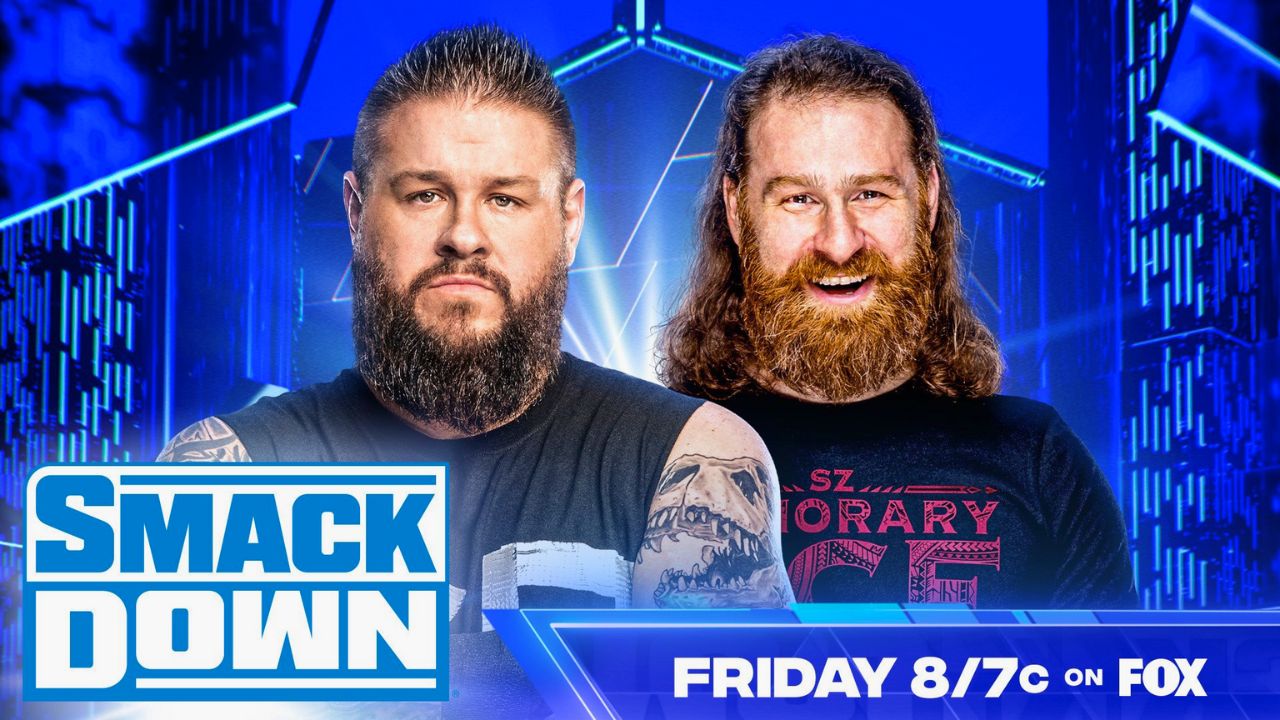The Recent Drop in SmackDown Viewership Is Reflective of Wider Changes in TV Consumption
With an average of 2.05 million viewers, Friday night’s WWE SmackDown program on Fox had a sharp drop in viewership—a nine percent decrease from the previous week. These figures represent the lowest total audience for the show since June 14. Not only is viewership declining, but important demographic ratings are also being negatively impacted. Although SmackDown continued to lead in prime time, its 0.56 rating in the 18-49 demographic represented an 8.2 percent decline from the previous week. The demo is a crucial indicator for marketers, and this fall in the rating is the lowest since July 26.
The NFL Factor: WWE Ratings’ Known Enemy
The yearly NFL preseason games are one of the main causes of SmackDown’s declining viewership. WWE frequently finds itself in competition with NFL broadcasts as football passion spreads across the country. NFL broadcasts typically draw in fewer people, especially in the crucial 18–49 age group. For WWE, the effect is well-known; comparable drops occur at roughly the same time each year.
NFL preseason games pose a serious threat to any television show that depends significantly on a live audience. Sports fans who might watch SmackDown otherwise tend to attend these games. One should never undervalue the allure of the preseason, as supporters eagerly anticipate seeing how their teams are developing for the next campaign. This means fewer people will be watching WWE’s products during a crucial time for ratings.
Even while the decline in viewing and ratings is expected, it is nonetheless alarming. SmackDown’s domination in its time slot was highlighted by the show’s more than twofold higher rating in the 18-49 demographic on Friday night compared to everything else in prime time. Even said, there are still concerns over long-term trends given the overall reduction.
Year-Over-Year Drop: A Closer Examine of the Data
An even more striking comparison is made between this week’s SmackDown and the same week in 2023. The show from the previous year, which honored Terry Funk and the late Bray Wyatt, garnered much larger audiences. While the 18-49 rating is down 28.2 percent, the overall SmackDown audience this year is down 22.6 percent from the same week in 2023.
Because of their distinctive content and emotional resonance, tribute episodes frequently attract a larger audience. WWE fans who tuned in to celebrate two wrestling icons found special meaning in the tributes to Bray Wyatt and Terry Funk. Without a comparable hook, SmackDown found it difficult to keep viewers interested this year.
The contrast between this year and the previous year brings to light a persistent problem for WWE: how to maintain audience engagement over a week in a media landscape characterized by intense competition. The decline is due to more than simply sporadic events like the NFL preseason; it also reflects changes in wrestling fans’ viewing patterns and more general trends in television consumption.
A More Wide-Reaching Trend: WWE’s Struggle With Watcher Fatigue
It is also possible to analyze the drop in SmackDown’s ratings in terms of audience fatigue and shifting consumption trends. Live TV programs like SmackDown are having a hard time holding onto their audience in the face of growing on-demand content, streaming platforms, and other entertainment options.
As a weekly episodic program, wrestling depends largely on keeping things interesting from show to show. But as the decline this year shows, it’s getting harder to maintain that momentum. In addition to competition from other sports, WWE must contend with a wide range of digital content that is continuously fighting for fans’ attention.
Furthermore, there are more avenues than ever for wrestling fans to interact with the product outside of live broadcasts. Fans can view SmackDown highlights on YouTube, social media, and wrestling news websites to catch up without having to watch the entire program live. Although this has greatly broadened WWE’s audience, it has also lessened the significance of live viewership figures.
The Way Ahead: WWE’s Plan to Counter Falling Viewership
WWE has a history of exhibiting perseverance in the face of difficult circumstances, as evidenced by its past ratings variations. But given the present environment, WWE needs to engage its audience more strategically than ever. With overall and SmackDown viewership declining, the network needs to find fresh strategies to get viewers back in front of their TVs.
Concentrating on producing more must-watch TV moments that promote live viewership is one such strategy. WWE has always been good at creating stories, and by coming up with interesting plots that create excitement, the organization might be able to stop the downturn. Increasing the amount of cross-promotional content could be another strategy, particularly during periods like the NFL preseason when ratings are often low.
WWE might also gain from using new platforms and technology to raise viewer engagement. Fans may be encouraged to watch SmackDown live by adding interactive components, second-screen experiences, and greater social media integration. These changes could make watching the show more engaging.
And lastly, WWE has to keep using its vast talent pool. The fact that SmackDown can have both known stars and up-and-coming wrestlers is one of the reasons it has remained competitive. WWE can appeal to both devoted followers and recent viewers by striking a mix between nostalgia and newcomers, which might increase viewership and boost ratings.
SmackDown’s Future: Adjusting to a New Wrestling Viewership Era
WWE has tremendous obstacles in maintaining and expanding its fan base as it navigates the shifting television and entertainment landscape. While the NFL and other outside variables may have some of the blame for this week’s SmackDown ratings decrease, WWE needs to address a larger problem.
WWE will need to keep developing its strategy for producing content and interacting with viewers in the future. WWE’s capacity to adapt will be critical to SmackDown’s future success, whether through creative narrative, new technical integrations, or well-thought-out programming choices.
For the time being, the decline in viewers serves as a warning that even a major media company like WWE is susceptible to changes in the ways that people consume media. All eyes will be on WWE as it takes steps to rekindle interest in one of its marquee shows and how it responds to this issue, which the wrestling community is closely monitoring.




